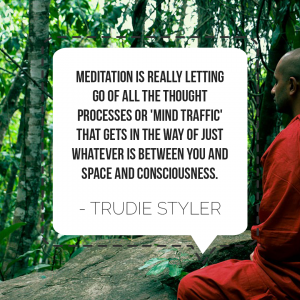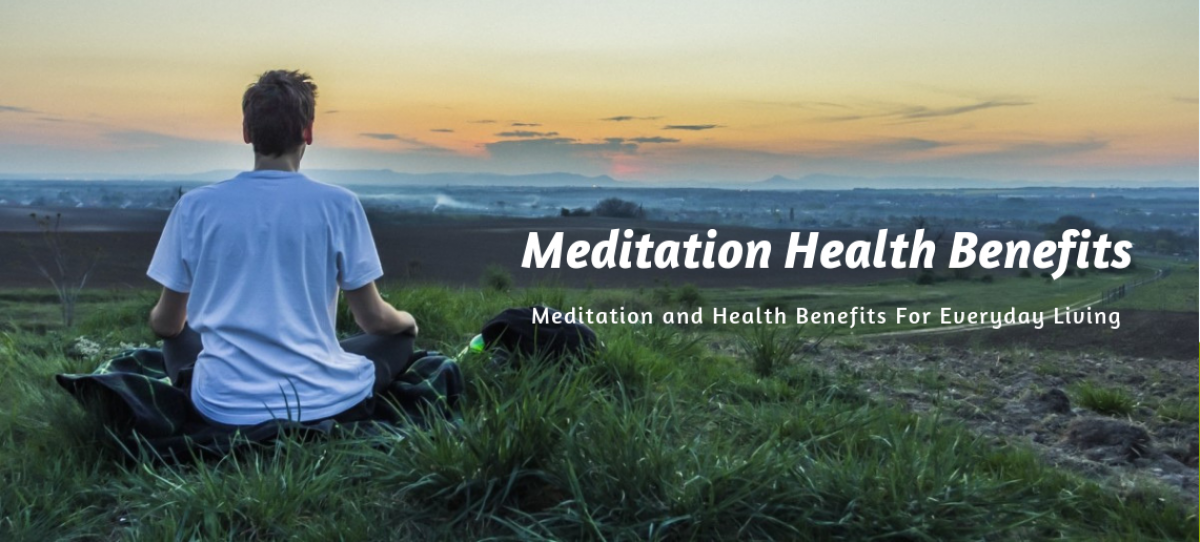Life zooms by at an exhausting rate these days. Things are happening so fast around us that more often than not we lose ourselves in the frantic chaos that is our lives. We seem to be no longer able to assess a situation to come up with a proper course of action. Often we are simply reacting impromptu leaving us to question how we got here.
Our minds were not created to work this way. We all need time to slow things down and just be. If we don’t the stress of our lives will overwhelm us leaving our ability to connect with the people around us in tatters, not only at home but in the workplace also.
Learning how to meditate provides us with an opportunity to be still even for a short time. It allows our mind to focus to the point where calm eases us into an ability to tackle the pressures we encounter daily.

As mentioned in an earlier post, the practice of mediation was initially thought of as a spiritual exercise. Many Eastern religions still incorporate reflection as part of their teachings but as meditation has become a global phenomenon its benefits have gone beyond just being a religious experience. Simply put, you do not have to be religious to meditate.
As more and more of us learn about meditation the reasons for practicing it expand. Studies have been conducted showing that the calm achieved through meditation has helped people cope with their medical issues. Achieving a higher state of awareness can open up doors to thoughts and ideas that lay hidden in your subconscious. Steve Jobs of Apple fame meditates.
If you’ve been wondering if today is the day to start meditation, there is no time like the present. All that stress you encounter needs an outlet, a place where you can just sit, breath and meditate. It’s time to take a pause, collect your thoughts and discover how meditation can help you take back control of your life.

 In 500 BC, he was able to reach enlightenment using meditative techniques. His prominence in this space led him to be a recognized figure across Asia before finally finding a following in the Western world.
In 500 BC, he was able to reach enlightenment using meditative techniques. His prominence in this space led him to be a recognized figure across Asia before finally finding a following in the Western world.